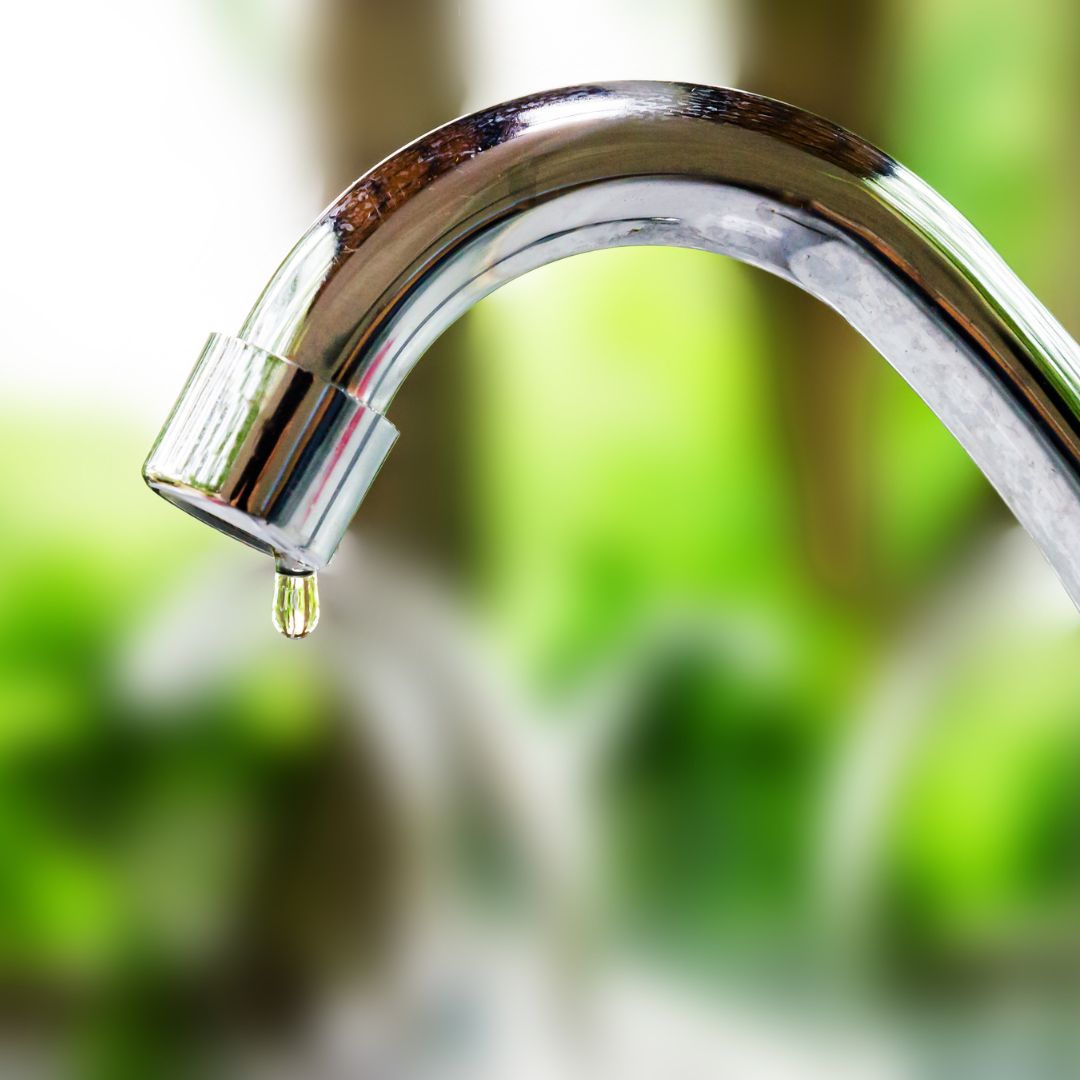Experiencing a leaky faucet in your home can be more than just an annoying inconvenience. It could potentially lead to wasting substantial amounts of water and even cause significant home damage if not addressed promptly. Explore the steps to take if you have a leaky faucet.
Identify the Problem
The first step toward resolving a leaky faucet issue is to isolate the source of the problem. There are many possible causes of a leaky faucet, such as a worn-out washer, a loose or damaged valve, or even corrosion. A visual inspection can offer some clues—check for visible wear and tear, water stains, or rust on the faucet and the surrounding area. Another good indicator is the type of leak you’re experiencing. For instance, a slow, steady drip usually points to a worn-out washer, while a leak from the base of the faucet when you turn the water on could suggest a problem with the O-rings. Understanding the cause of the leak is critical to determining the appropriate solution.
Try a DIY Fix
Once you’ve identified the potential cause of the faucet leak, you can attempt a DIY fix if the issue seems minor. Essential tools typically include a wrench, a screwdriver, and replacement parts like a new washer or O-rings, depending on the problem identified. Start by shutting off the water supply to prevent any further leakage. Then, using your wrench, carefully disassemble the faucet, keeping track of the order in which you remove the parts. Inspect each component for damage and replace as necessary—you’ll generally find washers and O-rings at your local hardware store. After replacing the damaged parts, reassemble the faucet in the reverse order you disassembled it, ensuring all pieces are secure. Turn the water supply back on and test the faucet to see if the leak is resolved. Remember, if you’re not comfortable doing this yourself, or if the leak persists after your DIY attempt, it might be time to call in a professional.
Call a Professional
A seasoned professional has the necessary tools and expertise to quickly identify and rectify any hidden issues that may be causing the leak. They can also provide valuable advice on preventing similar problems in the future. In the long run, hiring a professional service may save you time and costs associated with further damage from a persistent leak. When seeking professional assistance, choosing a reputable company with positive customer reviews, licensed professionals, and transparent pricing is important. Your home’s plumbing is an investment worth protecting, so do not hesitate to seek professional help when needed.
Now that you know what steps to take if your faucet is leaking, you can work to troubleshoot this problem at home. Addressing a leaking faucet is not just about eliminating a nuisance; it’s about safeguarding your home from potential water damage and conserving a precious resource. So, the next time you spot a dripping faucet, don’t ignore it—take action right away.

